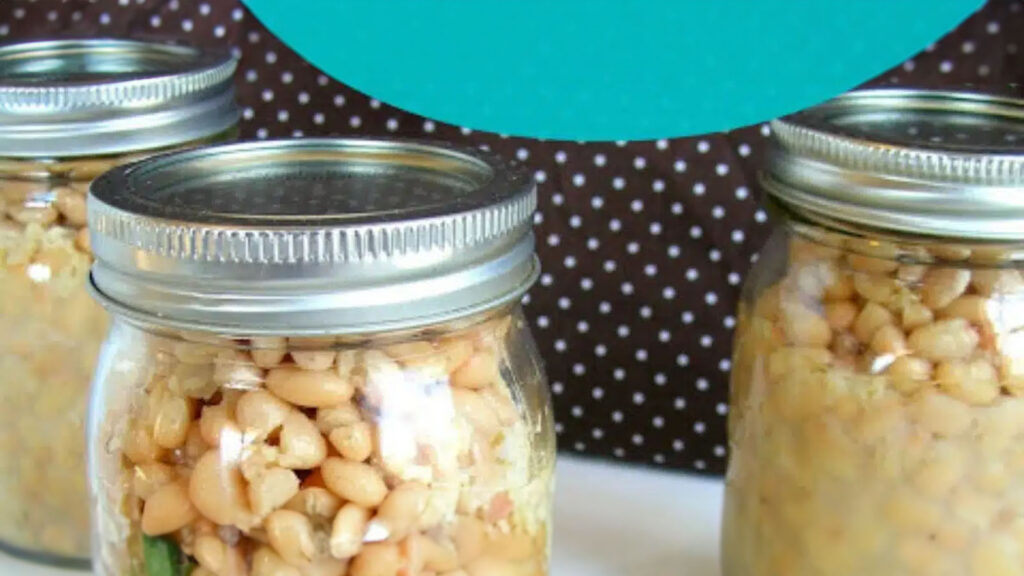
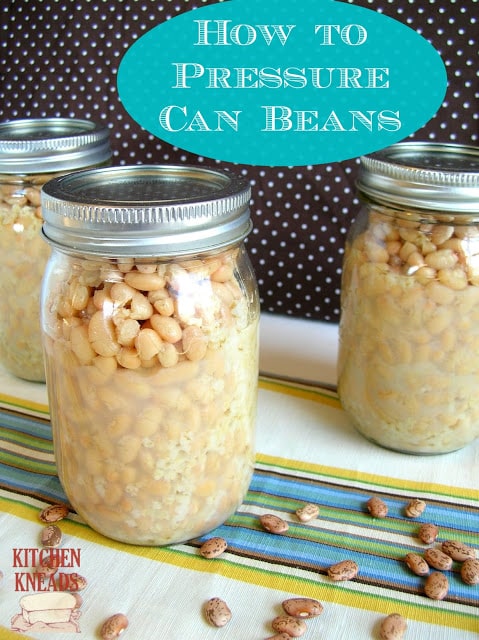
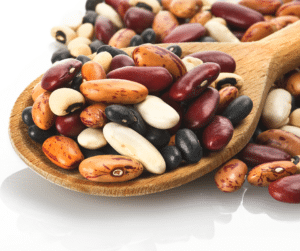
 For those looking to take better control of what you put in your body, but don’t like taking the time to cook dry beans, here’s your solution: pressure can them.
For those looking to take better control of what you put in your body, but don’t like taking the time to cook dry beans, here’s your solution: pressure can them.
By pressure canning dry beans in pint jars, you have the convenience of canned beans without all the not-so-good for you things in commercially canned beans. Add to that the cost. A jar of home-canned beans is so much cheaper, weighing in at about $.30 per can.
 The Secret Ingredient
The Secret Ingredient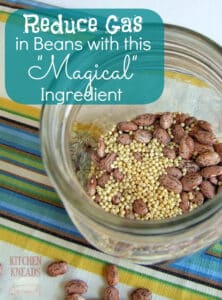
What about those of you who like beans, but don’t like the gassy part of it? By canning your own beans you can add a secret ingredient to resolve that problem. You see, beans have five sugars. Two of those sugars get along and three of them get along, but the two don’t get along with the three and that’s where the gas comes in. But by adding millet into the mix, the sugars balance out and all five get along, thus resolving that horrible gas. Problem solved.
What you’ll need:
What to do:
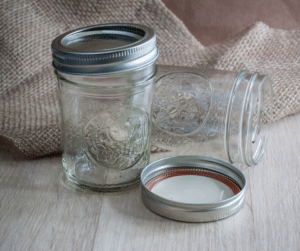
Done! Now you have wonderfully home-canned beans that you can use anywhere a recipe calls for a can of beans.
Don’t worry about the cloudiness in the jar. It may not be very pretty, but it’s just what the millet does.
Save

Kitchen Kneads is your one-stop shop for quality grains, flour, kitchen appliances, and other ingredients.
We are Utah’s premier baking and cooking resource!
Questions?


Kitchen Kneads is your one stop shop for quality grains, flour, kitchen appliances and other ingredients. We are Utah’s premiere baking and cooking resource! Questions?
888-881-9957
info@kitchenkneads.com
2022 | Kitchen Kneads | All Rights Reserved | Privacy Policy | Terms | XML Sitemap | Site by PDM
2 Responses
Hello – I know this post is almost 10 years old. I was just wondering if this is still a method you use to pressure can beans. I cannot find any other info for this method and would love any insight years later. Thanks so much.
Yes. We have been pressure cooking for over 50 years and still use many of the older methods.